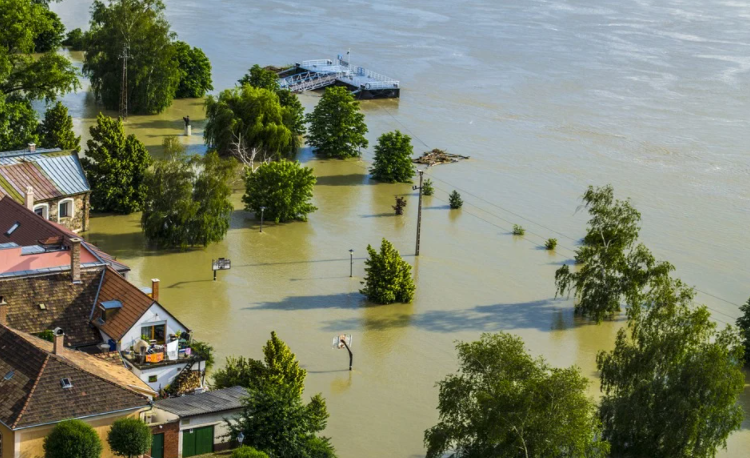
After a catastrophe, especially a flood, you can begin repairing your home and rebuilding your life immediately once your insurance has cleared. Floods differ in the duration of the catastrophe itself, as well as the clean-up afterward. The procedures are similar but not the same. In this situation, you should learn the tips for after a home flooding. Now, let’s take a look at them below.

See the Damages
The first thing you should do is to turn off the gas as well. Then, you should also turn off the power at the breaker box to make sure no one will be electrocuted. The next step is to assess the circumstances. The amount of work required depends on the depth of the flood or its size. You will need photographic evidence showing the depth of the water.
Heating, ventilation and air conditioning systems can also be ruined today. Most likely, the mud and debris that was introduced will need to be removed. The labor cost will be less if you replace the sheetrock foundation slab instead of cutting and replacing the slab in the amount you pumped. When water weighing more than three feet floods a home, a lot of work is required. Expect to replace almost everything from drywall to electrical wiring.
Contact the Insurance Company
 Although the flood may have the information, your insurance company doesn’t understand that your property is flooded. You have to call them. The number of people dealing with a flood will be much higher than if your rental home catches fire, which slows down the process of getting inspectors out and clearing insurance claims. It would be best if you kept in mind that even though normal property insurance doesn’t cover flooding to acquire a rental home. There could be damages that they do cover, such as wind damage along with the literal result of falling trees.
Although the flood may have the information, your insurance company doesn’t understand that your property is flooded. You have to call them. The number of people dealing with a flood will be much higher than if your rental home catches fire, which slows down the process of getting inspectors out and clearing insurance claims. It would be best if you kept in mind that even though normal property insurance doesn’t cover flooding to acquire a rental home. There could be damages that they do cover, such as wind damage along with the literal result of falling trees.
Begin Drying Things Out
Now, you can begin to dry out the house as quickly as possible. You should get as many possessions and furniture out as possible so you can start drying things out. Start the drying process even if you are unable to contact your insurer at this time. Your tenants themselves can initiate this process, or they can wait for your consent. You should avoid disposing of tenants’ belongings, although it is advisable to provide them with a bin or trash bags so they can do this themselves.
Your insurance provider may require you to do this as quickly as possible to mitigate injuries, aside from the fact that you want to stop water damage as soon as possible to protect your home. The National Flood Insurance Plan recommends starting to dry out your home as soon as possible because it doesn’t cover mold damage. But what do you need to do to start drying your home?
Take Some Documentation
You can take detailed notes of what you have done, such as turning off the electricity and moving the fans. You should take photos of the structure to show that it was there before the assessor arrived. You should remember to take photos of that roof, like a storm that caused major flooding probably destroyed the roof. You will need receipts if you don’t have them, as these fees are a business expense. You can start with renting fans’ cost to wash the building and renting a dumpster to collect things like debris. Next, you will need to collect samples of these mats that can serve as evidence when an insurance adjuster finally arrives at your home to analyze them.…
